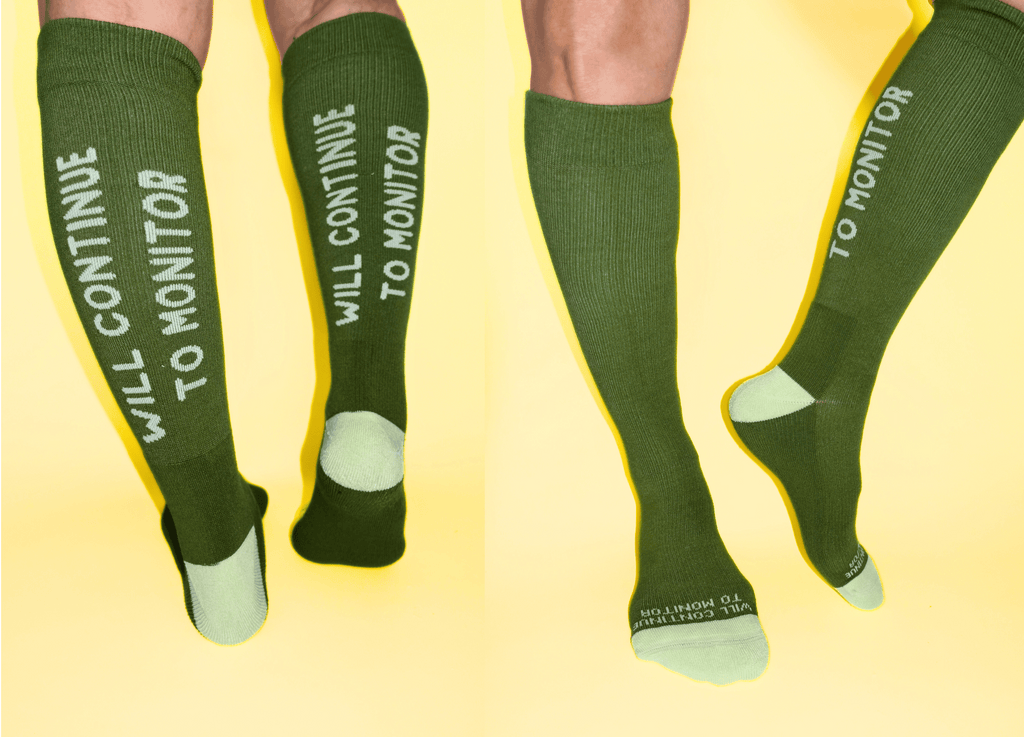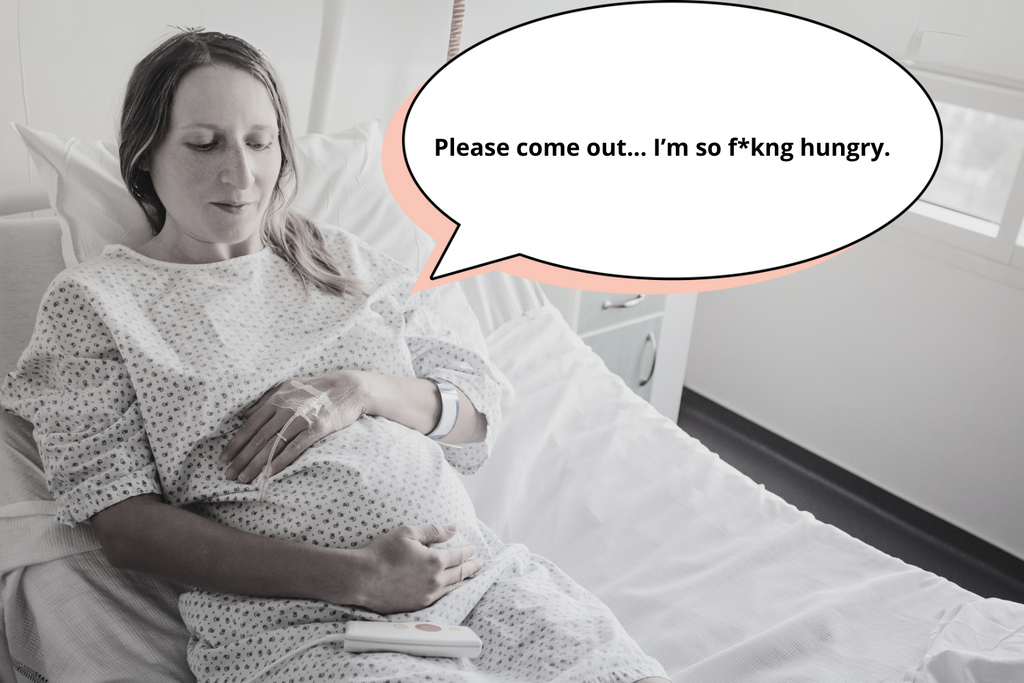How to Treat Burns and What NOT to Do!

Hey there, hot stuff! No, not you - we're talking about that accidental brush against a boiling kettle or the surprise sizzle from a baking tray. Burns are a common household injury, and today, we're diving into how to treat burns, and just as importantly, what NOT to do when tending to a burn. First, a quick guide on what to do when you encounter a burn.
- Cool the Burn - Immediately cool the burn under cool (not cold) running water for at least 10 minutes or until the pain subsides, then pat dry gently with a soft cloth.
- Protect the Burn - Cover the burn with a sterile non-stick bandage. If blisters form, let them heal on their own while keeping the area covered. Do not pop the blisters.
- Pain Management - Over-the-counter pain relievers like ibuprofen can help manage pain
- Protect from Sun - Wear protective clothing or apply water-resistant sunscreen. This will help minimize scarring, as the redness from a burn can linger for weeks.
- Seek Medical Attention - For second and third-degree burns, or if you're unsure about the severity, always seek professional medical care.
Now that we've gotten the most important thing out of the way, buckle up and let's bust some misguided myths!
Cooling it down... With Butter?! Or Mayo? Or Raw Meat?!
So, let's say you've just managed to grace your palm with a sizzling pot handle. You're a hot pot holder now, in more ways than one. What's the first thing you think to do? If your mind flitted to that stick of butter in the fridge, or worse yet, the mayonnaise or raw meat, then we need to have a serious chat.
Yes, butter might make everything taste better, but when it comes to burns, it can actually make things worse! Slathering butter (or margarine, for you health-conscious folks) on a burn can actually trap the heat and worsen the injury. Sorry Paula Deen, this is one instance where butter isn't the answer!
And the story doesn't get any better with mayonnaise or raw meat. Like butter, mayonnaise can trap the heat, prolonging the burning process and potentially deepening the injury. Raw meat, on the other hand, is a veritable breeding ground for bacteria. Applying it to a burn could lead to serious infections. Let's keep these items in the sandwich where they belong and out of your first-aid kit!

Rub Some Dirt... er, Toothpaste On It?
How about toothpaste? It keeps your teeth sparkling clean, so it must be good for burns too, right? Wrong! Despite what some Internet remedies may suggest, applying toothpaste on a burn can lead to infection and may delay the healing process. In fact, any household items that aren't specifically designed for burns (this includes your stash of essential oils, folks!) should be avoided.
Pop Goes the... Blister?!
Seeing a blister bubble up from your skin post-burn can be startling and you might be tempted to pop it. Resist the urge, my puncture-happy pals! Blisters are nature's Band-Aid; they're there to protect the skin underneath and aid in healing. Popping a blister can increase your risk of infection and can delay the healing process. So as satisfying as it might seem, no popping!
Be Sun Smart
After the burn starts to heal, it's crucial to protect it from the sun. The sun's powerful rays can darken the burn scar and lead to long-term changes in the skin color. But surely, a base tan would help, right? Wrong again! Sunburn can actually lead to more pain and potential skin damage. Use a sunscreen with at least SPF 30, and cover the area if possible.
First Degree Burns: The Skin Surface Specialists
First degree burns are the least severe of the bunch, affecting only the outermost layer of skin or the epidermis. If you've ever forgotten to reapply sunscreen at the beach and come home with a painful, red glow, you've likely experienced a first degree burn. Symptoms include redness, minor inflammation or swelling, and pain. They usually heal on their own within 7 to 10 days without scarring, but they sure don't feel pleasant!
Second Degree Burns: The Deeper Divers
Things start to get a bit more serious with second degree burns, which extend to the second layer of your skin, the dermis. This is the point where you start seeing blisters form (remember our no popping rule!). The skin will appear extremely red, swollen, and will be very painful due to the nerve endings in the dermis being affected. These burns might heal on their own, but they often need medical attention to manage pain and prevent infection. Depending on the extent of the burn, there might be some scarring.
Third Degree Burns: The Total Takeover
Third degree burns are the most severe type, as they extend through the entire thickness of the skin. Yes, that's as bad as it sounds! They can damage hair follicles, sweat glands, nerve endings, and even extend to the underlying tissue, muscle, or bone. Strangely, these burns might not be as painful as second degree burns, because the nerve endings are often damaged. The skin will look white or charred. These burns require immediate medical attention and will likely need skin grafting or other major medical intervention.
Recognizing the Severity: how to treat burns and what not to do
Being able to identify which degree of burn you (or someone else) have can be essential in knowing what steps to take next. It's crucial to seek immediate professional help for third degree burns and most second degree burns, especially if they cover a large area or are on sensitive parts of the body. While first degree burns are usually manageable at home, if there's any doubt or if the burn covers a large area, it's better to be safe than sorry and seek medical attention.
Burns can be deceptive, and what may seem like a minor burn initially could be much more serious. If the burn is caused by chemicals, electricity, or if the victim is an infant or elderly, it's important to seek medical help right away. It's also crucial to remember that burns are not just skin deep. They can lead to serious complications such as infections, shock, and respiratory problems.
Do note that while our bodies are quite resilient, they're not superhuman, and sometimes, they need a little help. For instance, you may be interested in learning more about the benefits of hospital socks or about the thoughtful gifts you can bring to someone who's hospitalized. Be sure to check out these links!
Remember, knowledge is power and when it comes to burns, it can make a world of difference. Stay safe out there!
About Dr. Socko Hospital Socks
Our mission is to provide laughter and joy to people going through tough times. It's especially needed in a hospital. Often, patients receive hospital gifts like flowers, teddy bears or cards. We have heard several requests for changes in the traditional hospital grip sock, like making it fitted, removing the toe seam, creating better designs, and adding hospital sock colors. We've launched our own take on hospital grip socks based on this feedback and hope you love it as much as the traditional ones! Our hospital grip socks are for those who need a smile, in and out of the ER in any slippery situation.
Check out the different hospital sock colors we offer in our collection.




